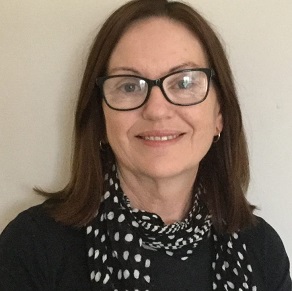Cumulative Harm -from birth to whole of life
Cumulative harm is a combination of adverse human and environmental factors that a child experiences during their childhood, which affects them across their lifespan (Gilmore, 2010). The phrase has been used by researchers here in Australia to describe the lifespan implications of accumulated and repeated childhood traumatisation and is also referred to as complex trauma (Bryce, 2017).
Children are often the forgotten victims in family and domestic violence, with other things such as immediate safety and removing or minimising the danger taking a higher priority. However, ongoing exposure to family and domestic violence is cumulative and works to harm the children who experience it.
One must acknowledge the influence witnessing family violence has in early childhood development and the impact it has on parental and child attachment. Sadly, cumulative harm has the ability to impact generations of families and can be likened to a degenerative condition as it breaks down relationships before, they are even formed. As the intergenerational cycle of domestic violence continues to play out in families, the impact of role-modelling abusive parenting styles, poor coping strategies and poor communication skills can influence and affect a person’s ability to parent, their parenting skills and coping strategies.
Cumulative Harm Outcomes
The continual exposure to domestic and family violence can have a damaging impact on a child’s concept of themselves. The trauma a child experiences can impair the following:
- Social cognition – the way people use knowledge and information about how people behave in social contexts (Fiske and Taylor, 2013). This can be distorted for children impacted by family and domestic violence.
- A child’s concept of themselves, i.e., self–concept.
- Their sense of identity
- Their understanding and perspective of things
- Problem-solving skills
In the long term, being exposed to multiple forms of maltreatment including family and domestic violence can result in cumulative harm (Price – Robertson et al., 2013). This can become evident in the following ways:
- Aggression which can include aggressive behaviour towards other children or towards themselves
- Self-hatred of themselves and include self-harming behaviours
- Lack of self-protection behaviours and include risk-taking behaviours
- Poor relationships or attachment with their parent or main caregivers.
It is not uncommon to see any of these presentations in counselling and often the trauma is not the first thing you see. A clinician may be treating a person for anxiety that has a poor self-image, poor social cognition and self-harming behaviours.
It is really important to reach out and seek help if you feel you and /or your children are being exposed or impacted in any way by family and domestic violence. Your family doctor is a great start, who may refer you to a Mental Health Accredited Social Worker for counselling under the Medicare Better Access Scheme. Helplines such as the Kids Helpline for children aged 5-25 years of age are available on 1800 55 1800 or via web chat at https://kidshelpline.com.au/; or 1800 Respect which is available on 1800 737 732 and has a quick exit function. Both helplines are great places to start.
 Author: Maree Stevens, Master of Social Work; Master of Human Services; Graduate Diploma of Counselling; Graduate Certificate Mental Health Practice.
Author: Maree Stevens, Master of Social Work; Master of Human Services; Graduate Diploma of Counselling; Graduate Certificate Mental Health Practice.
Maree Stevens is an Accredited Mental Health Social Worker with several years’ experience working with children, young people and adults impacted by family and domestic violence. Maree’s work is trauma informed and person-centred, and she is able to provide psychological counselling to young children from age 5 years, as well as to teens and adults.
Maree is currently not taking bookings. Our team can assist you with placing you with another clinician. Please call Vision Psychology on (07) 3088 5422.
References
Bryce, I. (2017) Cumulative Harm and resilience Framework: An Assessment, Prevention and Intervention Resource for Helping Professionals. Cengage.
Fiske, S. T., and Taylor, S. E. (2013).?Social Cognition: From Brains to Culture. London: Sage.
Gilmore, D. (2010) Chronic Child Neglect: Building Knowledge, Fostering Hope. Policy & Practice.
Price-Robertson, R., Higgins, D., & Vassallo, S. (2013). Multi-type maltreatment and poly victimisation: A comparison of two research frameworks.?Family Matters, (93), 84-98.